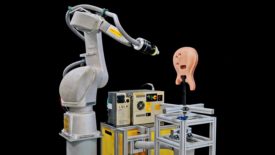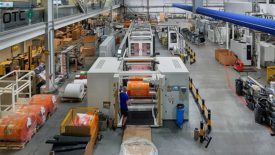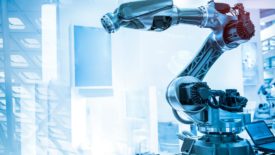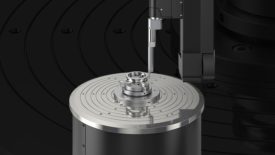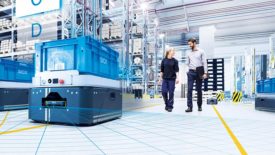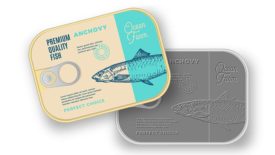Home » automation technologies
Articles Tagged with ''automation technologies''
Vision & Sensors | Trends
From the warehouse to the food production line, today’s high-speed imaging applications require more than just faster cameras.
Read More
Vision & Sensors | Automation
What is Trustworthy AI for Quality Control?
Quality control in manufacturing relies on automation – and people.
April 30, 2024
Automation
How Automation Can Help You Achieve Your Growth Targets
The work that employees enjoy least is generally the most suitable for automation.
April 22, 2024
Vision & Sensors | Trends
Trends in the Machine Vision Market
Observations on the market and the technologies that could be the next to impact applications in automation.
January 4, 2023
Quality 101
Automation: Should Manufacturers Fight Or Flight?
Despite its praised benefits, many manufacturers still decide against automation. But does that decision stem from fear?
August 16, 2022
NDT | Back 2 Basics
Robotic Computed Tomography Ready for NDE 4.0
Besides the automation of a CT system for NDE 4.0, it is very important to digitize the whole process for NDE.
August 8, 2022
Measurement
Roundness Measurement Technology Drives Quality and Productivity
For certain parts and products, roundness measurement is a critical part of the quality assurance process.
August 1, 2022
Vision & Sensors | Machine Vision 101
The Use Of Machine Vision For Robot Guidance Offers New Possibilities
Effective robot guidance requires specific machine vision sensors and techniques.
July 6, 2022
Vision & Sensors | Automation
Bringing AI to Visual Inspection
Adding automated decision-support for human operators helps speed visual inspection rates and improve product quality.
January 1, 2022
Stay in the know with Quality’s comprehensive coverage of
the manufacturing and metrology industries.
eNewsletter | Website | eMagazine
JOIN TODAY!Copyright ©2025. All Rights Reserved BNP Media.
Design, CMS, Hosting & Web Development :: ePublishing


